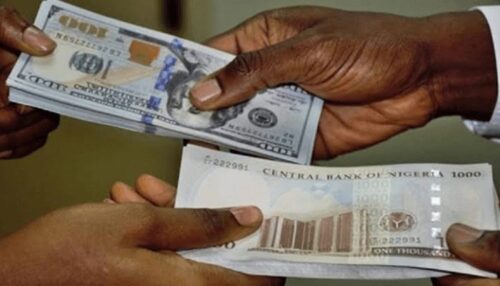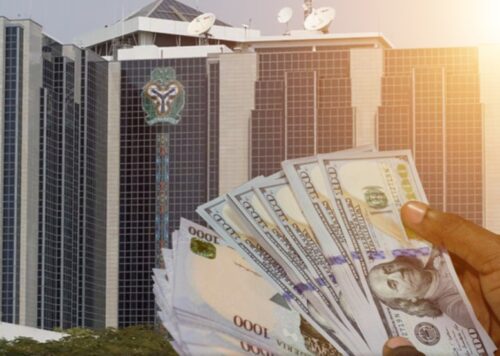
The naira has started 2025 on a strong note, recording its biggest rally in 13 years. While the surge mirrors a similar trend from early 2024—when gains were later erased by capital outflows—several factors indicate that this time may be different.
Since December 2024, the naira has appreciated by 9%, strengthening from ₦1,662/$ on December 2 to ₦1,509/$ by February 13. This marks the largest gain among African currencies within the period.
January alone saw the naira rise by 4% (₦63.14), reaching a seven-month high of ₦1,478.22/$, a rare occurrence, as the last time the naira appreciated in January was in 2012. While the momentum has slowed slightly in February, the currency remains relatively stable around ₦1,500/$.
The parallel market has also seen gains, with the naira strengthening to ₦1,545/$, up from ₦1,620/$ at the beginning of the month. The last time the naira experienced such rapid gains, the appreciation was short-lived.
In March 2024, it rallied from ₦1,600/$ to ₦1,300/$, driven by strong foreign portfolio inflows (FPIs) and diaspora remittances. However, by July, the naira had reversed all gains, weakening to ₦1,660/$, as foreign investors exited the market and dollar supply dwindled.
Experts attribute this decline to profit-taking by investors who had entered the market at ₦1,600/$, only to exit at ₦1,300/$, locking in significant returns. Similar patterns were observed among bond investors who benefited from the CBN’s interest rate adjustments.
To avoid a repeat of this scenario, the CBN is taking a more measured approach, managing the naira’s appreciation to prevent another sharp reversal.
The naira’s resurgence is largely fueled by increased FX supply in the official market, supported by CBN reforms aimed at boosting transparency and investor confidence.
According to Wale Okunrinboye, Head of Research at Access Pensions, improved liquidity in the official market has reduced pressure on the parallel market, leading to a more stable exchange rate.
A key policy credited with the turnaround is the Electronic Foreign Exchange Matching System (BMatch), introduced in December 2024. This CBN-backed platform, integrated with Bloomberg’s BMatch system, allows authorized dealers to place anonymous orders into a central limit order book, ensuring better price discovery and market transparency.

Another major reform came in January 2025, when the CBN launched the Nigeria Foreign Exchange Code (FX Code). This framework establishes principles for ethical conduct, risk management, and governance in the FX market, aligning Nigeria with global best practices and further strengthening investor confidence.
To sustain stability in the FX market, the CBN has extended its $25,000 weekly dollar sales to Bureau De Change (BDC) operators until May 2025, helping to keep parallel market rates in check.
However, a key challenge remains; Nigeria’s external reserves have continued to decline, dropping to $39.4 billion due to debt repayments and CBN interventions in the FX market.
A potential game-changer could be the CBN’s plan to begin publishing net external reserves data, a move aimed at boosting investor confidence by providing a clearer picture of Nigeria’s actual FX liquidity.
According to Okunrinboye, while this initiative could enhance transparency, it might also lead to market volatility as investors reassess Nigeria’s FX position.
With the currency at a crucial turning point, the coming months will determine whether this rally is a sign of long-term stability or just another temporary surge. While the CBN’s reforms and improved liquidity suggest a more sustainable outlook, maintaining a steady supply of dollars and managing foreign investor sentiment will be critical in determining the naira’s future trajectory.


